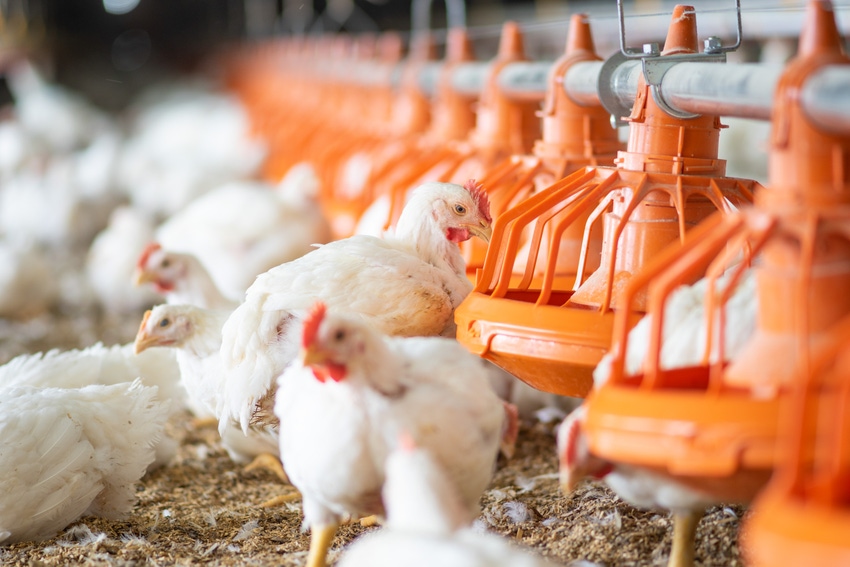Research may lead to development of other industry assays based on flow cytometry.
November 13, 2020

North Carolina State University recently completed a funded research project in which researchers investigated a novel method for enumeration and characterization of coccidia in poultry, according to the U.S. Poultry & Egg Assn. (USPOULTRY) and the USPOULTRY Foundation.
Dr. Rocio Crespo with the North Carolina State department of population health and pathobiology and colleagues set out to develop a non-antibody, flow cytometry-based diagnostic method for simultaneous enumeration and speciation of coccidian protozoa.
In a research summary, Crespo said an accurate, speedy and reliable diagnosis of Eimeria at the species level is both challenging and necessary. Presently, she noted that there are many approaches to distinguish between species of these protozoa, including oocyst morphology, pre-patent period and site of infection. However, these methods are labor intensive, time consuming and unreliable, particularly in cases of mixed Eimeria infection.
According to Crespo, numerous molecular approaches have been tried and tested with some degree of success. While quantitative polymerase chain reaction (qPCR) assays, capable of speciating and enumerating Eimeria, have been validated, due to the relatively high reagent cost, their practical utility in field applications and laboratory settings is questionable, she added.
Crespo said flow cytometry, an automated method for measuring single cells in suspension, has the potential to be an excellent diagnostic tool for speciation and enumeration of Eimeria species by exploiting eimerian oocyst morphology (size and granularity).
A project was conducted to develop a non-antibody, flow cytometry-based diagnostic method for simultaneous enumeration and speciation of coccidian protozoa. To achieve this goal, the project was divided into three specific objectives: (1) characterize each of the Eimeria populations at the species level, (2) define distinct population coordinates of each Eimeria sp. in order to speciate and quantitate mixed cultures of Eimeria and (3) evaluate the effectiveness of the method with field samples.
According to Crespo, the research team was able to characterize four Eimeria species (E. acervulina, E. mitis, E. maxima and E. tenella) on a BD LSRII flow cytometer analyzer by using simple light scatter data plotting. No special staining or antibody labeling procedures were necessary towards resolving these populations, she said. Sorting of mixed populations was successful for the four Eimeria sp. using the MoFlo-XDP cell sorter.
For oocyst enumeration, a vaccine and fecal/litter samples were used from poultry flocks mixed with a known number of counting beans, Crespo explained. Speciation and quantification of oocysts was performed using the flow cytometer unit. Manual enumeration and speciation by flotation and PCR analysis was performed to validate the counts as well as the purity of each Eimeria species identified.
Although additional field samples need to be tested and analyzed, preliminary results showed the method to be reliable for counting and speciating four common Eimeria sp. of chickens, Crespo reported.
Flow cytometry application can provide a useful, accurate, rapid and automated diagnostic method for the simultaneous enumeration and characterization of coccidia in poultry, Crespo concluded.
In the long term, she added that this research may lead to the development of other industry assays, such as a more accurate identification of shedding patterns of specific Eimeria sp., differentiation between sporulated and non-sporulated oocysts in the samples and even recognition of Eimeria strains in vaccine preparations.
You May Also Like


.png?width=300&auto=webp&quality=80&disable=upscale)
